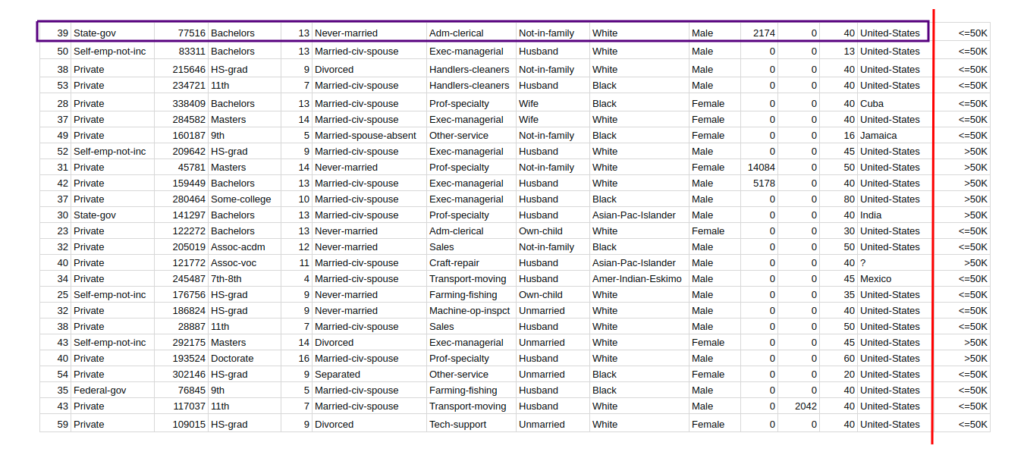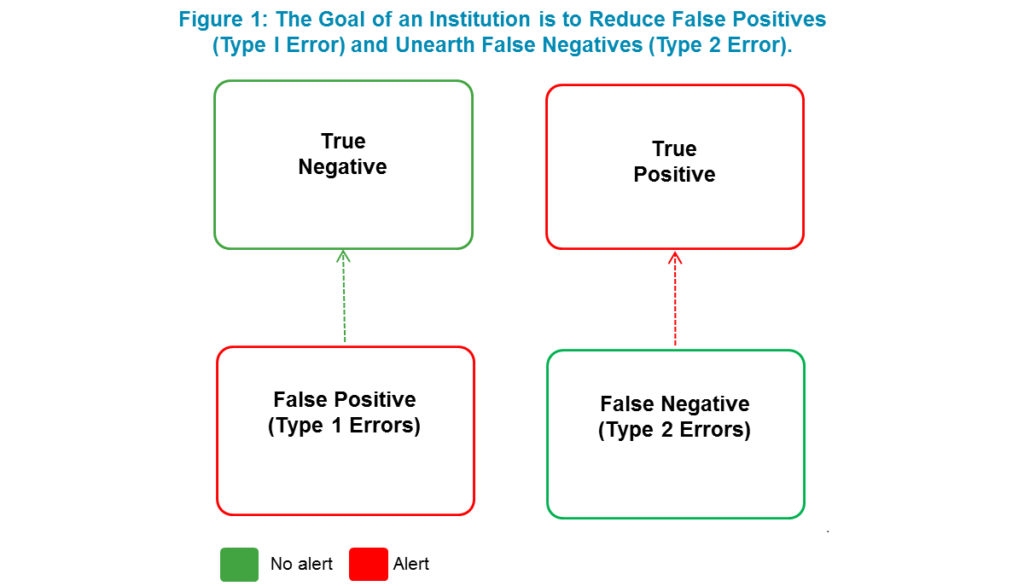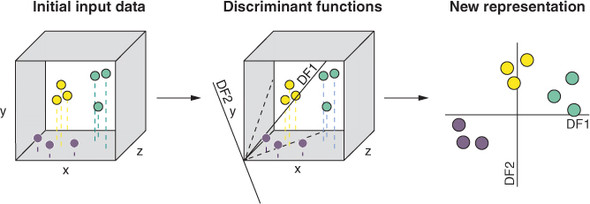As the world continues to evolve and businesses look for ways to stay competitive, machine learning has become an increasingly important tool. With the ability to analyze data and make predictions, machine learning models have the potential to transform the way we make decisions. However, with so many different models to choose from, it can be difficult to know where to start.
Choosing the best machine learning model requires a deep understanding of the problem you are trying to solve, the data you have available, and the specific strengths and weaknesses of each model. In this article, we will explore some of the key factors to consider when choosing a machine learning model, as well as some of the most popular models used in the industry today. Whether you are new to machine learning or a seasoned professional, this guide will help you make informed decisions and choose the best model for your needs.
Choosing the best machine learning model for your task can be difficult. Here are some tips to help you decide:
- Understand the task – Know the type of problem you are trying to solve, such as classification, clustering, or regression.
- Understand the data – Understand the data you are working with, such as its size and type.
- Evaluate algorithms – Try out different algorithms and measure the results to determine which one works best.
- Tune hyperparameters – Adjust the settings of each algorithm to optimize its performance.
- Compare results – Compare the results of different models to select the best one.
.jpg)
How to Choose the Best Machine Learning Model?
Machine learning can be used to solve a wide variety of problems, from recognizing objects in images to predicting stock prices. Choosing the right machine learning model for your project can be a daunting task. This article will provide an overview of the steps involved in selecting the best machine learning model for your project.
Step 1: Define Your Goals
The first step in selecting the best machine learning model for your project is to define your goals. What do you want to achieve with your machine learning model? Are you trying to classify objects in images, predict stock prices, or something else entirely? Once you have a clear understanding of your goal, you can begin to narrow down your options.
Step 2: Identify Potential Models
Once you have identified your goals, you can begin to identify potential models that may be suitable for your project. There are a variety of machine learning models available, from supervised learning models such as Support Vector Machines and Random Forests to unsupervised learning models such as K-Means Clustering and Principal Component Analysis. Consider the types of data you have available and the complexity of the problem to help you determine which models may be appropriate.
Step 3: Evaluate the Models
Once you have identified a few potential models, it is time to evaluate them. Start by researching each model and reading up on their strengths and weaknesses. You can also use cross-validation to evaluate the models on your data. This will help you to determine which model is best suited to your project.
Step 4: Tune the Model Parameters
Once you have identified the best model for your project, you can begin to tune the model parameters. Different models have different parameters that can be adjusted to fine-tune the model’s performance. You can use grid search or random search to identify the parameters that produce the best results.
Step 5: Evaluate Your Model
Once you have tuned the model parameters, it is time to evaluate your model. You can use a variety of metrics such as accuracy, precision, recall, and F1-score to evaluate the performance of your model. Make sure to compare your model to a baseline model to determine if your model is performing better.
Step 6: Monitor Your Model
Finally, it is important to monitor your model performance over time. As new data becomes available, you should re-evaluate your model to ensure that it is still performing well. You should also monitor the model for any signs of overfitting or underfitting. If the model is not performing as expected, you may need to retrain it or select a different model.
Frequently Asked Questions
Here are answers to some of the most common questions about choosing the best machine learning model.
What factors should I consider when choosing a machine learning model?
When choosing a machine learning model, there are a few key factors to consider. First, you should think about the type of data you have. Different models are better suited for different types of data, so it’s important to pick one that will work best with your data. Additionally, you should consider the complexity of the task you are trying to accomplish. If the task is simple, then a simpler model may be the best choice. However, if the task is more complex, then a more complex model may be necessary. Finally, you should consider the resources you have available—both computational and human—as certain models may require more resources than others.
What are the differences between supervised and unsupervised learning models?
Supervised learning models require labeled data, meaning that the data has been pre-labeled with the correct output. This allows the model to learn how to map the input to the output by using the labeled data. These models are typically used when there is a clear goal, such as predicting the outcome of an event. Unsupervised learning models, on the other hand, do not require labeled data. These models are used when the goal is to explore and understand the data, such as finding patterns or clusters in the data.
What is the difference between a deep learning model and a traditional machine learning model?
Deep learning models are a type of artificial intelligence that use multi-layered neural networks to learn from data. These models are typically used for more complex tasks, such as image and voice recognition. Traditional machine learning models, on the other hand, are often simpler and rely on algorithms to learn from data. These models are typically used for simpler tasks, such as predicting the outcome of an event.
How do I know which model will work best for my task?
The best way to determine which model will work best for your task is to experiment with multiple models. Start by selecting a few models that you think may work well, then run them on your data and compare the results. Pay close attention to the accuracy of the models, as well as the time it takes for them to complete the task. This will help you determine which model is the most accurate and efficient for your task.
What resources are available to help me choose the best machine learning model?
There are a number of online resources available to help you choose the best machine learning model. Many websites offer tutorials, blogs, and forums that can help you better understand the different types of models and their capabilities. Additionally, there are a number of online courses that can provide more in-depth knowledge about the different models. Finally, you can also consult with experts in the field to help you make the best decision for your task.

In conclusion, choosing the best machine learning model requires a thorough understanding of the problem at hand, the available data, and the specific requirements of the project. It is essential to consider both the accuracy and the interpretability of the model, as well as the scalability and the computational resources required for training and deployment.
As machine learning continues to evolve and expand, it is crucial to stay up-to-date with the latest advancements and techniques. By investing time and effort into selecting the most appropriate machine learning model, businesses can unlock a world of opportunities and drive significant value for their organizations. Ultimately, the key to success lies in approaching the problem with a curious and open mindset, and leveraging the power of data and algorithms to achieve meaningful and impactful results.



